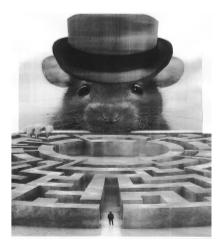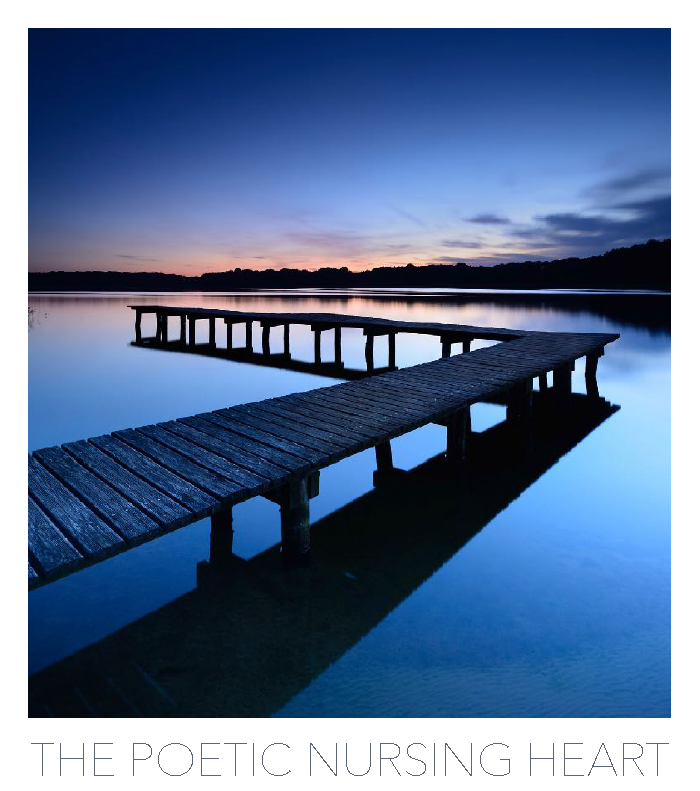It is easy now; the festival has passed and was a tremendous success. The space was only there as a research pilot. What it became was nothing short of a small but for me significant miracle. So, back to the title of this blog, why is it important to take risks? I ask you to place it in to a search engine and press go. The wave that returns is often heavily focused on progressing your career or small business. Lots of pseudo psychology around many wise men saying, often stoicism and slightly toxic statements around fear and masculinity then catchy images of material things. But that doesn’t match the experience or the sentiments and reflections of those who came along to the five-yurt festival of thanks. It was a different space, a different risk that I and others were taking.
I am yet to theorize and fully reflect on the experience and the reflections of others as they have taken the form of images and words, organic materials, flower petals and important treasures that were found by adventurers young and old alike.
The reflections are just so beautiful and will remain as they should be in the breadbasket next to the hatter’s hat within a tent in a field just near to where I am now. They are deeply personal and talk of a pain and a need to have spaces opened of trust and to simply be able to move and meet and talk and begin to heal, or at the very least be given the space and time to acknowledge what the pain or trauma feels like. The spaces were constructed and there is so much potential and room to change and develop the size and impact in years to come. It was and will always be the space where part of the old researcher in me died and the rhizome researcher was born (Gale 2018).

Dr Pam Burnard (Professor of Arts, Creativities and Educations, University of Cambridge) does not yet realize the potency and the catalyst impact that our brief meeting had on my emergence as the authentic self. Nor does Dr Helen Johnson (Principal Lecturer, School of Humanities and Social Science, Brighton University, Centre for Arts and Wellbeing Centre of Resilience for Social Justice). I suddenly realized and became aware that I had created this academic black dog. He was my constant companion. Each time I tried to develop as a rebellious researcher I would be curtailed by a lack of clarity in academic expression. That would in turn wake the dog from his slumbers. There we would sit in anger and self-loathing, fighting against an imaginary foe, a patient yet invisible advisory, the system with no face.
Then like ethereal steppingstones the ballast was cut away. I have said its okay to be different as that is the unconditional love I am reading into schools in ‘the wandering lamb’. It’s there found beside the shepherds fire within the embers reaching up to a celestial realm that I know now is supported and part of the monastic journey I took with Brother Bernard ( https://bookshop.canterbury.ac.uk/The-Wandering-Lamb_9781838293222 ). It takes time for these embers to be watched up to the heavens. We often stare at the fire rather than the sky.
The act of rebellion and the art of resistance within research is central in the work of (Bernard et al 2022) and my growing community of practice. But still despite the growth and the successes I was still finding myself back in the darkness of a room, alone and with my back to the world. Being asked to perform but not really knowing the language, being invited in to noisy egoic spaces that I didn’t feel like they were filled with trust and were scented with that same stoic toxicity I mentioned previously of seeing the fighting of fear as being the route to more material wealth a post nominal a new title or a bigger office.
Then on the eve of the play the table of consciousness I was feeling lifted for a time. It was a huge success and was hosted by a truly beautiful arts collective led by the amazing Sam Bailey. (https://freerangecanterbury.org/the-table-of-consciousness/ ) With all these things the art galleries the books, the plays and the poems there is always a drop. The adrenaline subsides and you are left thinking about the room again in your mind, being led there by that ever so consistent companion the black dog. But not this time, as the effervescent Pam gave me a contact for a thinker called Dr Kieran Sheehan. We had a few meetings and spoke via email, and I have to say the light he has poured into my positionality has been nothing short of an academic jewel, a diamond. As captured in my poem.
Diamond 💎 of the hell bound.
I am nothing Pointless Vacuous Empty Lost Alone Broken
But… Within that pit Within the darkness
There is a truth that I find Within the infinite I hold close.
an honesty A love untouched
Within the nothingness
With the other scum and vermin, I have value.
That is the diamond of the hell bound.
That remains when all else falls away.
The diamond of the hell bound.

What Kieran Did was he just soothed the internal narrative that was unabating in my mind. He read the thinking and the chaos, he took the time and he responded to Jonathan Barnes and I, suggesting areas to add foundation areas to expand like a thinking architect. With a Zen like quality.
So, what now?
Well, that is just the thing I no longer feel held or on trial, I no longer feel pained and judged, scorned for drawing outside the lines, told that my concentration was poor, segregated as disruptive and special. I have managed to find a sense of freedom as a researcher. I know that more trials are coming as that is essentially the nature of academic provocation, like a refining fire a debt paid in order to be placed in the scales like Daniel 5;27 suggests ‘you have been weighed on scales and you have been found wanting’ https://www.youtube.com/watch?v=6pAvKBwCTTU Jonny Cash made it clear that Belshazzar was being held to account.
This freedom I have is as a rhizome researcher as made clear in the work of Deleuze and Guattari (1980) where they articulate strata and stratification, the process of giving form to matter, and content to expression as something that takes place in the physical, the organic, and the linguistic worlds. But what has been more freeing are the words of Gale (2018) where he makes clear that this methodology of madness is not a choice, not a favored process it is as all artists, poets and writers will contest to a compulsion. Or as Erin Manning suggests it is even more beautiful than that:
‘Madness as concept, madness as breakthrough, madness as movement, sensation, madness as life-giving, madness as in-formation, madness as the more-than. Madness as the force of a non-methodology that moves to the rhythm of a methodogenesis, a movement always processual, the movement of thought itself. This is the proposition: to compose, to write, to live in the midst of what refuses to know itself in advance. Not only toward new ways of writing, new forms of composition, but toward new forms of teaching, of learning, of living’.
Seeing this depth and clarity and simply a note into the eternal, led me to contact ‘Erin Manning’ personally. I just had to engage with this level of comfort in eccentricity and societally termed madness. I needed to feel that what I had done was going to find the right voices. In our email correspondence Erin let me down gently saying she simply could not be involved with the work. I accepted this for all of 12 hrs. at which point I had watched Erin on YouTube (https://www.youtube.com/watch?v=l2iElXKgeF8&t=38s ) and realized than Erin Manning holds a key and is also the director of the Sense Lab…. Which has become the 3ecologies (https://3ecologies.org/ )
I could not sleep, I felt like my heart was the only sound left. I could hear the valves opening and with each beat and thrill of the blood around the aorta I could feel that I needed to have the perspective of Erin, or I would have to just stop the doctorate as I was done. So, I emailed again stating with absolute clarity that without Her balance and love the work was never going to be seen. I needed her triad of awareness associated with neurodiverse thinking, the absence at times of the form and the person being separate. The dance between the work, the outputs and the meanings becoming being actualization of their own merit. The galleries. the play becoming a person, the Book and the festival being parts of the form the body, the images being the eyes.
The response from Dr Erin Manning was so kind and it was as I had hoped. She has agreed to examine the PhD alongside Dr Pam Bernard.
So, then I need to take you back to the end of the festival. The families the friends and the practitioners had all gone home and I sat listening to the music by Garth Stevenson ‘The southern sea’ (https://www.youtube.com/watch?v=mKwDHu5Y8jo ) alone in a field with the remnants of the poems and art in my hand. Aware of the happy death (Camus 1972 la Morte heureuse). What happened next was unplanned and a beautiful moment of a pure art of becoming. I had suggested that this festival was a conclusion to a philosophical and spiritual goal.
I sat aware and slowly placed the three themes and the anthology of poetry on the fire and felt free. Who knows the next steps all I do know is I feel cut free and less broken. What a happy death indeed.

——————————————————————————————————————–
For all the parts of the maze, or labyrinth of my mind see the link tree.
——————————————————————————————————————–
Reference links
(Bernard et al 2022) https://brill.com/display/title/62341?language=en&contents=editorial-content
 The Poetic Nursing Heart
The Poetic Nursing Heart Jack Charter
Jack Charter 1342
1342


